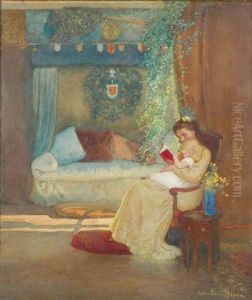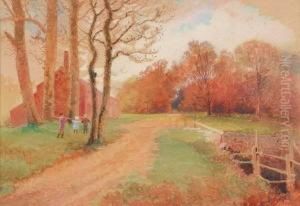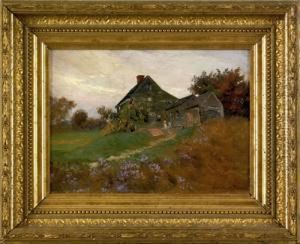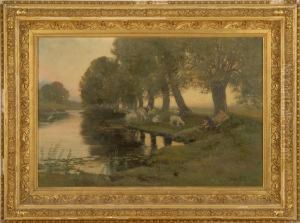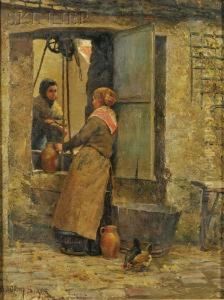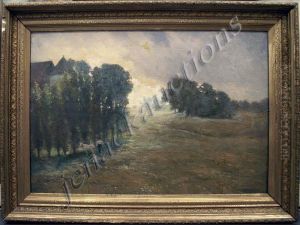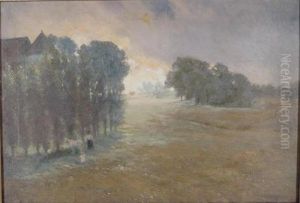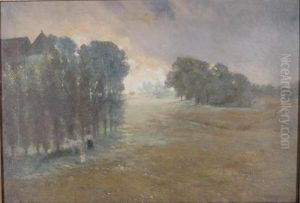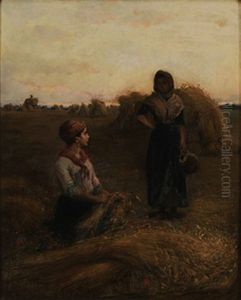H. Winthrop Peirce Paintings
H. Winthrop Peirce, whose full name was Harlan Winthrop Peirce, was an American artist known primarily for his illustration work, born in 1864. He is not as widely recognized as some of his contemporaries, and as such, detailed biographical information about him may not be as readily available as it is for more prominent artists. However, what is known is that Peirce's career spanned the late 19th and early 20th centuries, a period of significant change in the art world, with movements like Impressionism, Post-Impressionism, and the advent of Modernism reshaping artistic expression.
Peirce's work included a variety of subjects, with a notable focus on maritime scenes, reflecting perhaps an interest in or connection to the sea. His illustrations often featured ships and the sea, and he was known to have created works for magazines, suggesting that his art reached a broad audience through popular media. This was a common practice for artists during this period when illustrated magazines and books were a primary means of disseminating images to the public.
Throughout his career, H. Winthrop Peirce would likely have navigated the evolving tastes of the American art-buying public, as well as the shifting priorities of publishers and the impact of technological advancements in printing. These factors would have influenced the style, subject matter, and distribution of his work.
Peirce passed away in 1924, leaving behind a body of work that contributes to the tapestry of American illustration in the late 19th and early 20th centuries. His illustrations remain a testament to the era's visual culture, providing insight into the maritime interests and aesthetic preferences of his time. Despite not being a household name, Peirce's contributions would have been part of the broader narrative of American art, reflective of a period where illustration played a key role in both commercial and fine art.
